Table of Contents
Are you tired of battling Bambi and his buddies for your prize-winning roses? Does the sight of a perfectly manicured garden reduced to a nibbled wasteland fill you with despair? You're not alone! Deer are notorious garden raiders, and protecting your precious plants can feel like a constant uphill battle. But don't despair, fellow gardener! At lilyflower.homes, we're here to help you win the war against these four-legged foes. This article will arm you with the knowledge and strategies you need to create a beautiful, thriving garden that's truly deer-resistant. We'll explore the best deer-resistant plants, clever landscaping techniques, and even some creative solutions to keep those pesky deer out of your prize-winning blooms. Get ready to reclaim your garden and enjoy the fruits (and flowers!) of your labor! Let's explore into the world of deer-resistant gardening and create a space you and your plants can both enjoy.
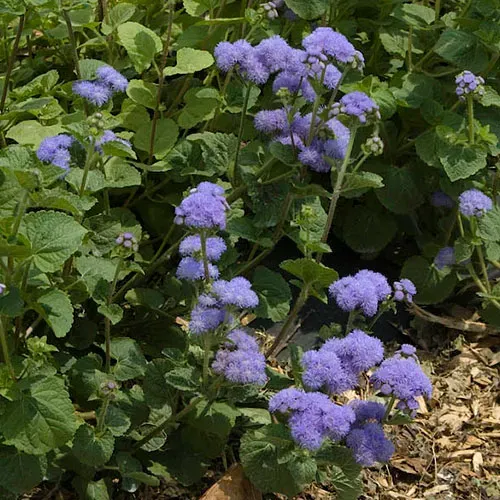
Amazing Deer Resistant Plants
Choosing DeerResistant Plants for Your Garden
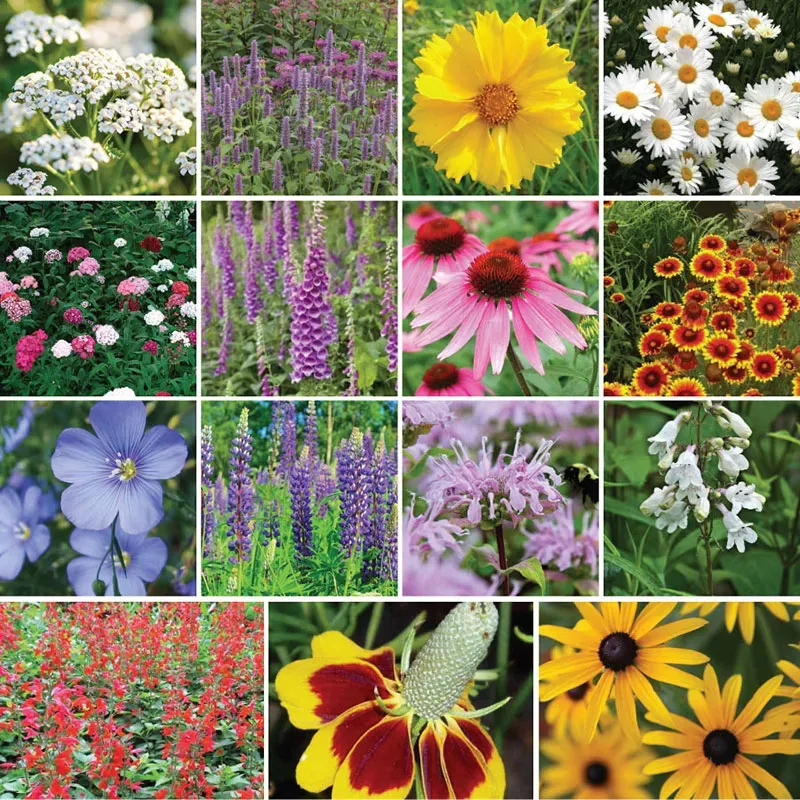
Choosing Deerresistant Plants For Your Garden
Okay, so you want a garden that looks amazing but doesn't become a deer buffet, right? I get it! Those fluffy-tailed bandits can be ruthless. My neighbor once had a prize-winning rose bush completely decimated overnight – it was brutal. But don't worry, there are plenty of beautiful plants that deer tend to avoid. Think of it like this: you're creating a botanical "Fort Knox" that deer just can't crack.
One of my favorite deer-resistant plants is lavender. It smells amazing, attracts pollinators, and deer seem to find it pretty unappetizing. Plus, it looks gorgeous in a border. If you're looking for something with more color, consider coneflowers. These daisy-like beauties come in a bunch of vibrant shades and are super tough, even against persistent deer. For something a bit more unusual, try planting yarrow. It has delicate, feathery foliage and small, clustered flowers; it's a great addition to any garden and deer generally leave it alone. Want to learn more about creating the perfect environment for your plants? Check out our guide on soil requirements.
Plant | Color Options | Deer Resistance |
|---|---|---|
Lavender | Purple, Pink, White | High |
Coneflower | Pink, Purple, Orange, Yellow, White | High |
Yarrow | White, Yellow, Pink, Red | High |
Remember, even "deer-resistant" plants aren't completely immune. If deer are really hungry, they might nibble on anything. But these plants are much less likely to become a deer's main course. It's also important to consider the overall design of your garden. Grouping plants together can make it harder for deer to get to everything, kind of like creating a mini-maze for them. Want to learn about companion planting? Check out our article on companion planting.
Another important factor is the scent of the plants. Deer have a really sensitive sense of smell. They tend to avoid plants with strong, pungent smells like herbs like rosemary, sage, and thyme. These are not only deer-resistant but also incredibly useful in the kitchen! These herbs can add amazing flavor to your dishes and look great in a garden. You can even create a dedicated herb garden to deter deer and add a delicious dimension to your meals. To help your plants thrive, you might also want to check out our guide on fertilizers to ensure they get the right nutrients.
- Lavender
- Coneflowers
- Yarrow
- Rosemary
- Sage
- Thyme
“The best fertilizer is your own sweat.” - Unknown gardener. Okay, maybe that's not entirely true, but it's a reminder that your plants need more than just fertilizer. They need your love and attention! And, you know, a bit of protection from hungry deer. Speaking of protection, let's talk about landscaping strategies next!
DeerResistant Landscaping Strategies for Your Home
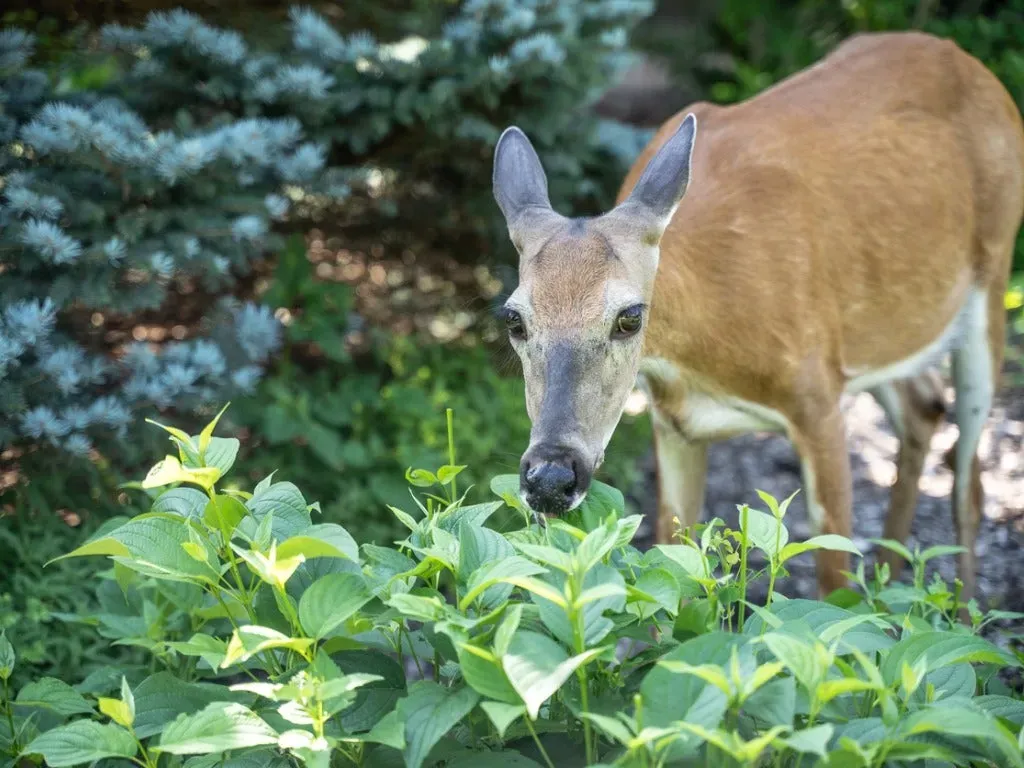
Deerresistant Landscaping Strategies For Your Home
Creating a Deer-Proof Barrier
Okay, so you've got your deer-resistant plants picked out. Fantastic! But even the most unappetizing plants can fall victim to a really hungry deer. Think of it like this: you've built a delicious-looking cake, but you still need to protect it from sticky fingers. That's where landscaping comes in. We need to create a barrier, a sort of botanical fortress to keep those deer at bay. One simple way is to plant thorny bushes around your garden’s perimeter. Think prickly shrubs like barberry or holly. Deer aren't keen on getting poked, trust me! They'll give your precious plants a wide berth. You can also use taller plants to create a natural visual barrier. Deer are less likely to enter an area that feels exposed and vulnerable. Ever seen a deer casually stroll across a football field in broad daylight? Probably not. They prefer cover. Creating a layered effect with plants of varying heights can help too. It's like creating a maze for them, but one they'll hopefully choose not to manage. For more tips on creating a thriving garden, check out our guide on .
- Thorny bushes (barberry, holly)
- Taller plants (creating a visual barrier)
- Layered planting (creating depth and visual complexity)
Using Repellents and Other Tricks
Sometimes, even the best landscaping strategies aren’t enough. Deer are persistent creatures. They're like those kids who keep trying to open a candy jar even after you've told them "no" a hundred times. That's when you might need to bring out the big guns – deer repellents! These aren't poisons; they're usually sprays or granules that smell unpleasant to deer but are harmless to people and pets. There are many different types available, so do some research to find one that works best for your area and plants. Remember, you might need to reapply them after rain. I’ve also heard that hanging bars of Irish Spring soap around your garden can deter deer. It’s a bit unorthodox, but hey, whatever works, right? Another trick is to use motion-activated sprinklers. These scare deer away with a sudden burst of water—they’re not a fan of getting unexpectedly soaked! It's a bit like having a tiny, automated army guarding your garden. For more advice on keeping your garden pest-free, check out our article on pest control.
Method | Effectiveness | Pros | Cons |
|---|---|---|---|
Deer Repellent Spray | Moderate (needs reapplication) | Relatively inexpensive, easy to use | Needs frequent reapplication, especially after rain |
Irish Spring Soap | Variable (anecdotal evidence) | Inexpensive, readily available | Effectiveness not scientifically proven, may not work for all deer |
Motion-Activated Sprinklers | High | Effective deterrent, environmentally friendly | Can be expensive to install |
Protecting Your Garden with DeerResistant Fencing
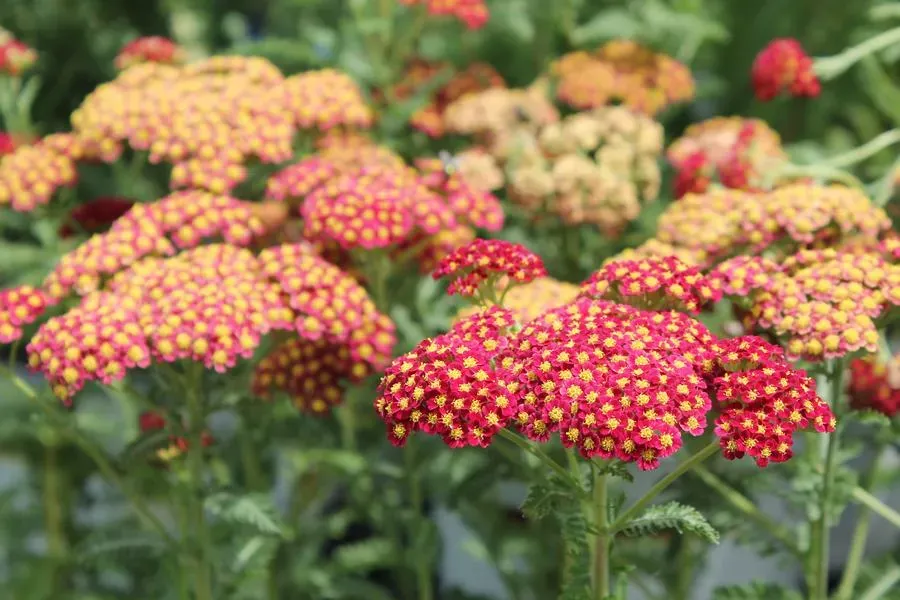
Protecting Your Garden With Deerresistant Fencing
So, you've chosen the perfect deer-resistant plants, and now you want to ensure they're safe from those pesky deer. That's where deer-resistant fencing comes in – the ultimate barrier between your beautiful blooms and Bambi's hungry appetite! Think of it like building a fortress around your castle, but instead of stone and mortar, you'll be using materials that'll keep those deer from even thinking about entering.
The most effective deer fencing is at least 8 feet tall, as deer are excellent jumpers. You can also use fencing with openings no wider than 6 inches to prevent them from squeezing through. Some great options for deer-resistant fencing include wooden or metal fencing, and even plastic or polypropylene fencing. Remember to check local regulations before installing any type of fencing, as some areas may have specific requirements. For more advice on creating a thriving garden, check out our guide on .
Fencing Type | Deer Resistance | Maintenance |
|---|---|---|
Wooden Fencing | High | Regular maintenance required to prevent rot and damage |
Metal Fencing | High | Durable and low maintenance, but may rust over time |
Plastic or Polypropylene Fencing | Moderate | Easy to install and maintain, but may not be as effective against determined deer |
Another option is to use a combination of fencing and repellents, such as motion-activated sprinklers or deer-deterrent granules. These can be especially effective in areas where deer are highly active or where you want to add an extra layer of protection to your garden. By combining different methods, you can create a comprehensive defense system that'll keep those deer at bay and your garden thriving. For more advice on keeping your garden pest-free, check out our article on .
- Use fencing that's at least 8 feet tall to prevent deer from jumping over
- Choose fencing with openings no wider than 6 inches to prevent deer from squeezing through
- Consider using a combination of fencing and repellents for added protection
- Regularly inspect and maintain your fencing to ensure it remains effective
Creative DeerResistant Solutions for a Beautiful Yard
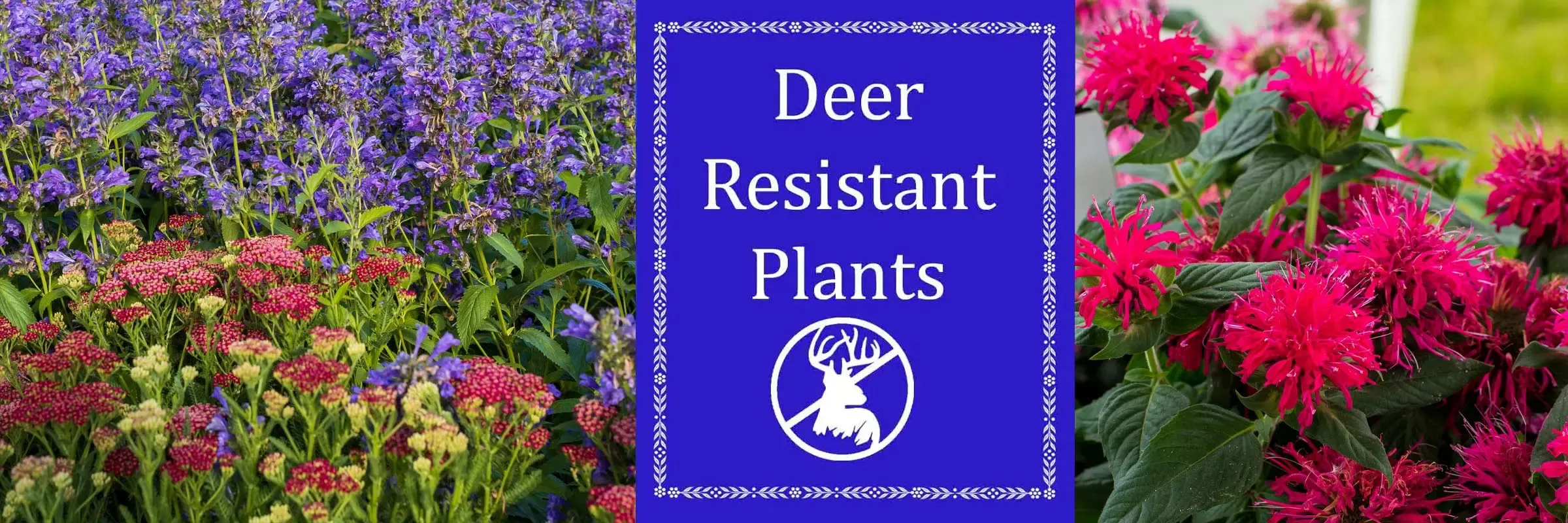
Creative Deerresistant Solutions For A Beautiful Yard
Alright, so you've got your deer-resistant plants and your landscaping strategies down. But sometimes, you need a little extra creativity to keep those pesky deer from turning your garden into a buffet. Let's examine into some unique solutions that can transform your yard into a stunning and deer-proof oasis.
One of the most effective and visually appealing ways to deter deer is by using container gardening. Planting your favorite flowers and herbs in containers can keep them elevated and out of reach. Plus, it allows you to rearrange your garden as needed, giving you a dynamic and ever-changing landscape. For more tips on container gardening, check out our guide on .
- Container gardening
- Elevated planters
- Decorative fencing
If you're looking to add a touch of whimsy to your garden, consider using decorative fencing. Unlike the standard, utilitarian fencing, decorative options can add a unique aesthetic to your yard. Wrought iron fences, wooden picket fences, or even bamboo fencing can create a stylish barrier that deer will think twice about crossing. For more on creating a beautiful garden, check out our guide on .
Another creative solution is to use natural barriers like rocks and stone walls. These not only add a rustic and graceful touch to your garden but also serve as a formidable barrier for deer. Stones and rocks can be arranged in various patterns to create small terraces or borders, making it harder for deer to manage and much less appealing to them. If you want to ensure your garden thrives, check out our guide on to keep your soil healthy.
Solution | Description | Pros | Cons |
|---|---|---|---|
Container gardening | Using pots and planters to enhance plants | Flexible, easy to rearrange | May need more frequent watering |
Decorative fencing | Stylized fencing for both beauty and protection | Aesthetically pleasing, effective barrier | Can be more expensive |
Rocks and stone walls | Creating natural barriers with stones | Graceful, durable, and natural | Requires more labor to install |
Adding a water feature like a small pond or a fountain can also work wonders. While it might seem counterintuitive, deer are often deterred by the sound and movement of water. They tend to stay away from areas with constant water sounds, making it a clever and beautiful way to keep them out. For more on creating a thriving garden, check out our guide on to ensure your plants get the right amount of light.
Using reflective surfaces can be another effective and visually appealing method. Hanging CDs, mirrors, or even shiny garden ornaments can create a dazzling effect that deer find unsettling. The constant movement and reflection can confuse and deter them. Plus, it adds a unique and modern touch to your garden. For more tips on keeping your garden vibrant and healthy, check out our guide on to choose the right colors for your garden.
- Water features
- Reflective surfaces
- Container gardening
- Decorative fencing
- Rocks and stone walls
"The best garden is the one that thrives the most, not the one that looks the prettiest." - Unknown gardener. This quote hits the nail on the head! Your garden should be a place where you can relax and enjoy, not just a perfect photo-op. By using these creative deer-resistant solutions, you can create a space that's both functional and beautiful. Let's make gardening a fun and rewarding experience, not a battle against nature!
Final Thought
Creating a deer-resistant garden is a process, not a destination. It takes experimentation, observation, and a little bit of cleverness. But with the right plants, strategies, and a touch of persistence, you can create a beautiful, thriving garden that even the most determined deer will leave alone. So, grab your gardening gloves, embrace the challenge, and enjoy the fruits of your labor—a garden that's both beautiful and deer-proof!